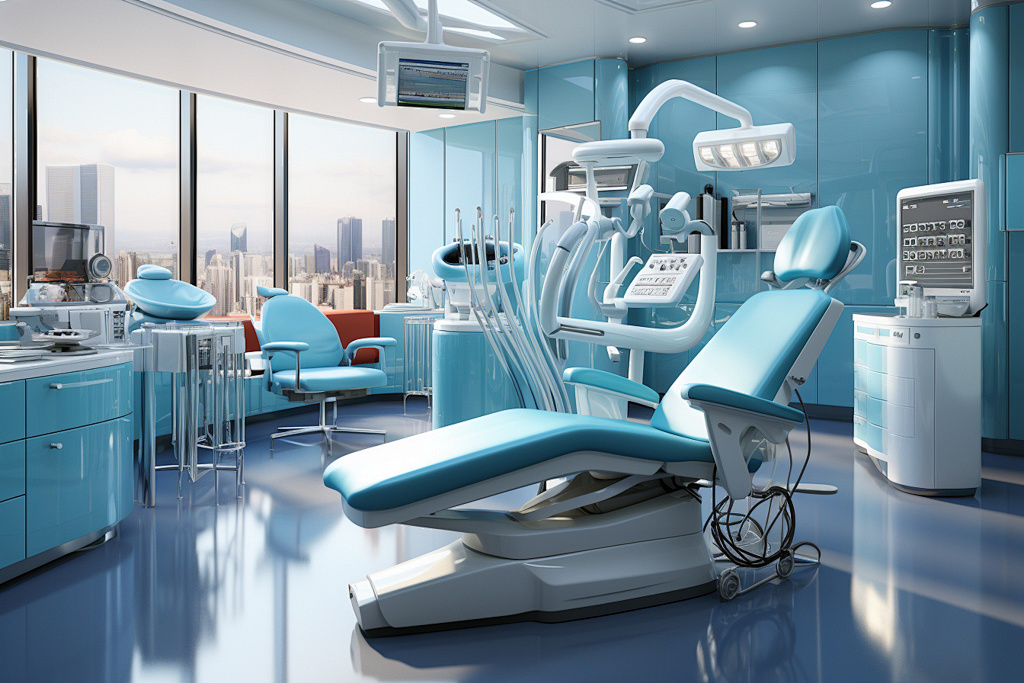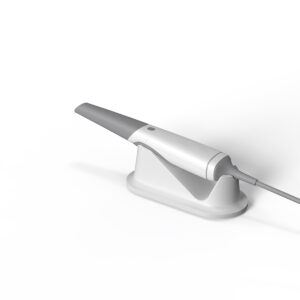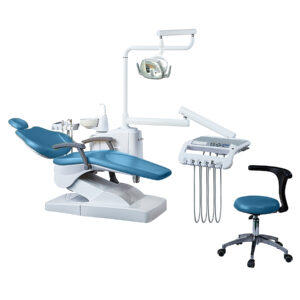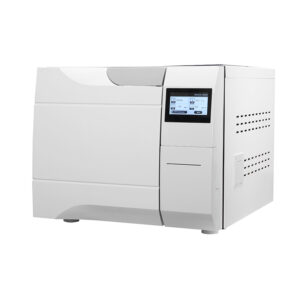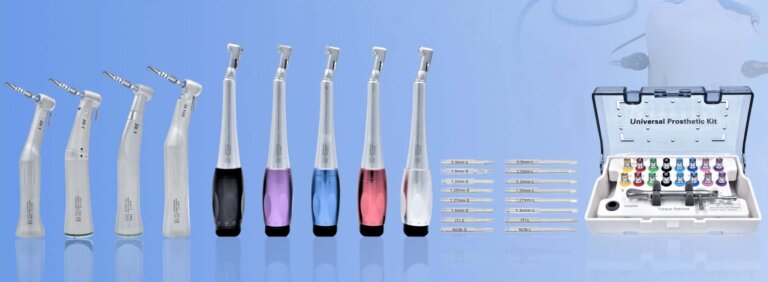Crafting your equipment lineup is the dental startup game plan. That first operatory’s gear choices dictate everything – like a chef selecting kitchen tools before opening a bistro. Seasoned dentists will debate compressor decibels as intensely as handpiece torque, knowing a whirring unit kills zen vibes faster than a screaming kid.
Smart practices treat equipment selection as silent staff members. Whisper-quiet compressors become the bassline of your clinic’s acoustics. Ergonomic chairs that reduce patient fidgeting by 23%? That’s not specs – that’s five extra Google reviews. It’s less about filling rooms with shiny tech, more about curating tools that make “I hate dentists” folks text “not bad actually.”
However, for a dentist, choosing and replacing dental medical equipment is no easy task.
Last week, Professor Li Gang from the Fourth Military Medical University introduced us to the principles, positioning, and comparative methods for selecting dental medical equipment. In this issue, Professor Li continues to explore further considerations when purchasing dental medical equipment.
1. Comparative Trials of Dental Medical Equipment
Dental medical equipment is not like household items; they are used on patients and require high technical competence for their use and maintenance. Some manufacturers refuse to sell products to physicians who have not undergone specific training. Nowadays, more manufacturers and distributors invite experts to conduct training courses with practical operations, which is an excellent form of promotion. Organizers and sponsors cannot entirely avoid economic interests. However, responsible physicians should present both the benefits and drawbacks of a technology or product. They must also highlight necessary precautions when sharing with colleagues.
Nowadays, there are many manufacturers and distributors of the same materials used frequently in dental clinics, such as water gates, impression materials, and adhesives. As a manager, it is essential to first understand whether these materials have various qualifications for introducing new materials into dental clinics and to understand their performance, clinical effectiveness, price, etc. Listen carefully to the manufacturer’s product introduction and compare it with similar products to identify differences in performance and characteristics that meet the clinical needs of the department; Secondly, there must be a certain trial period to determine the clinical effects of the materials through the responses of doctors, nurses, and patients; Finally, compare the prices of similar products. If the performance is the same and the effect is similar, in order to save departmental expenses, choices must be made.
2. Proper Advancement
New equipment is an important symbol of modern dental clinics. In the past ten years, technological miracles have transformed the world. Modern dental clinics are embracing advanced technology. Dentists use high-resolution cameras and AI-assisted probes for precise diagnostics, while sleek sensors replace bulky X-ray vests. Behind the scenes, CAD/CAM systems craft crowns swiftly, ortho software designs smiles with precision, and smart apps streamline front-desk operations. It’s not just new tools—it’s a high-tech revolution in dentistry.
When purchasing dental medical equipment, the most indecisive thing is the configuration of equipment functions. The development speed of dental comprehensive treatment stations is very fast, and it is not practical to take a one-step approach. Where economic conditions permit, as much as possible to add excellent performance, complete functions, higher-grade instruments and equipment, to shorten the operation time, reduce the intensity of physicians, improve efficiency, ensure the quality of medical care.
Well-equipped devices are also a powerful “selling point” for external publicity in dental clinics, such as imported mobile phone sterilizers, panoramic dental X-ray machines, dental implant equipment, and digital cameras for oral endoscopy. If possible, it is worth considering appropriate advance investment.
Whenever a new patient comes to the clinic, the receptionist should guide them to visit and introduce the design and decoration, separate layout, equipment and equipment, so that the patient can understand the concept and level of the dental clinic, and also understand the psychological characteristics, needs and desires of the patient. In this way, when the dentist introduces the treatment plan, talks about digital X-ray machines, Periolase laser machines, and CEREC’s CAD/CAM technology, the patient will feel more vivid and friendly.
3. Maintenance Considerations
Proper use and maintenance keep dental equipment functioning optimally. They also extend its lifespan and ensure operational safety. Verify if the selected equipment, instruments, and materials have a medical device registration certificate. This approval from regulatory authorities ensures product quality. Participation in relevant training courses provided by manufacturers is essential to quickly gain proficiency in equipment operation. Additionally, integrating the entire team into the practice of new technologies is equally important.
When dealing with dental gear, upkeep and repairs are bigger deals than you might think. Before signing any contracts, make sure you really look into whether the company can actually deliver on their promised support. Can their tech team troubleshoot properly? How fast do they respond when equipment breaks down? And here’s the kicker – do they even keep the necessary replacement parts in stock? These factors make or break your clinic’s daily operations. Checking for the presence of authorized repair centers locally and in surrounding areas can prevent unnecessary complications after purchasing equipment.
Training relevant personnel on dental equipment maintenance and repairs keeps it running smoothly. Regular upkeep prevents issues and extends the equipment’s lifespan. With proper attention to usage and maintenance, dental medical equipment and instruments can typically last 5 to 10 years.
Maintaining dental tools properly does more than just keep patients safe and improve care quality—it also helps the practice run smoothly. When dental teams stay on top of equipment care. They get more bang for their buck over time while building trust in their clinic’s services. Putting these steps first creates a win-win situation where better tools lead to better patient experiences and practice growth.

